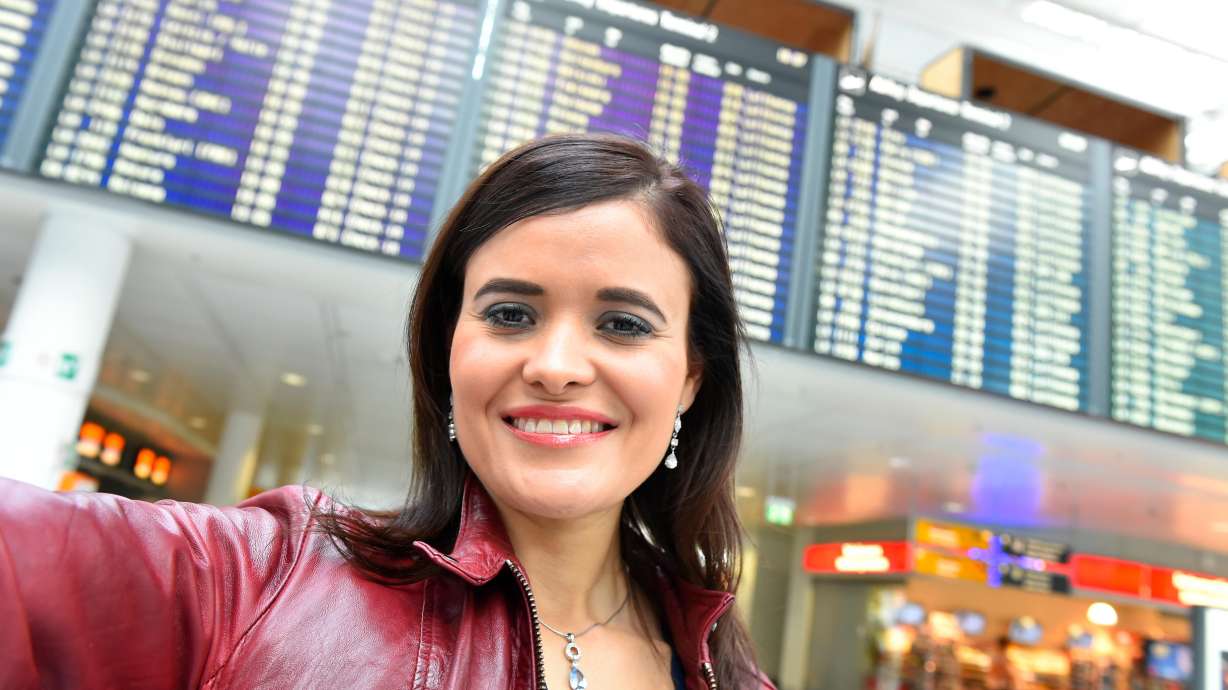SALT LAKE CITY — Have doubts about how exciting vacations are? Well, just scroll through your social media and witness the high number of gratuitous airport selfies posted by excited folks announcing big adventures.
The thing is, posting an airport selfie might ruin your trip in ways you might not see coming.
“Attackers now, for the type of scams where they impersonate people, they’ll often look on social media and see people that are posting at airports to know that those people are about to go on a flight,” said Brian Long, CEO of cybersecurity company Adaptive Security.
Long said scammers have gotten good at the waiting game. They’ll patiently stand by for just the right opportunity to strike. Your airport selfie on social media can be that moment.
“They’ll wait for them — 20 minutes or whatever it is, 45 minutes for the flight to take off, and then they will attack their family members, pretending to be them,” Long said.
Scammers love reaching out to a traveler’s friends or family and feed some line about running into a snag on their trip and needing to have money wired to them. The scam works particularly well, Long said, because someone on an airplane is usually out of reach for a few hours.
“When they try to call their actual cellphone (the traveler’s cellphone) to verify it, it’ll go through to voicemail because they’re on the flight,” Long said.
Really, it’s a good idea to keep your vacation off social altogether, or at least until you get back. But for sure — skip the airport selfie posts.
“Airport selfies are particularly dangerous,” said Long. “People love doing it right, because they’re excited to go on a trip. But yeah, that is one of the biggest ones (imposter scams).”
Imposter scams are the most reported type of fraud in the U.S. right now, according to the Federal Trade Commission. The FTC stated just last year alone, over $2.9 billion was reported lost to impostors.
The Key Takeaways for this article were generated with the assistance of large language models and reviewed by our editorial team. The article, itself, is solely human-written.

